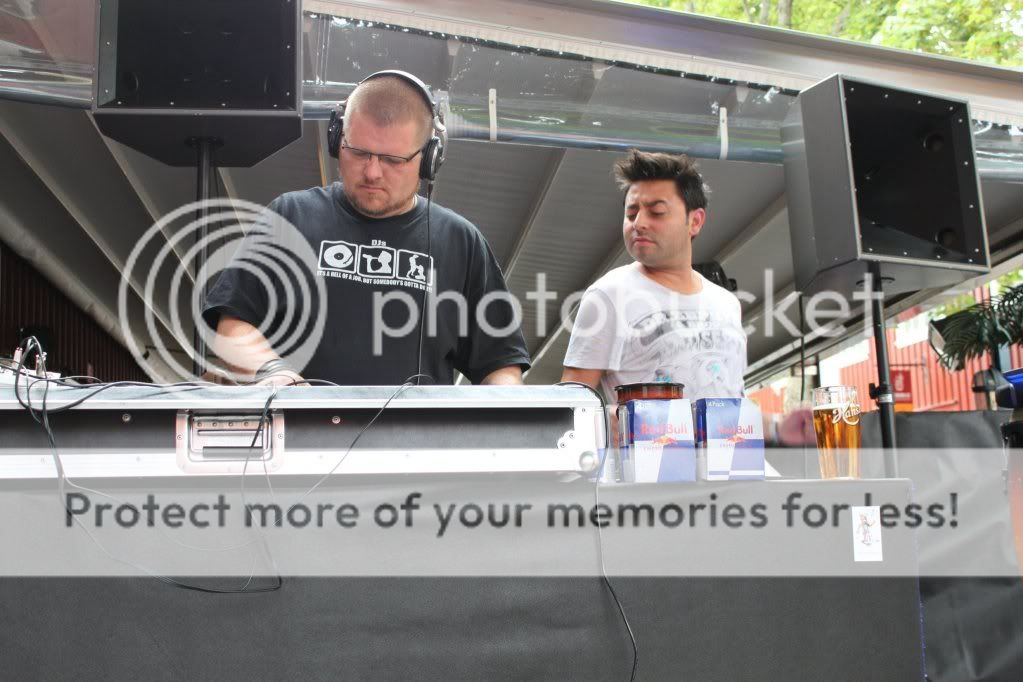Don't remember reading about it, but methinks I need to make the 45 mi road trip up to Gainesville for an audition before gas prices ramp up too much, if possible. The last time I was there they only had the SH-69's IIRC set up as mains for comparison.
GM
Hi GM,
Please do report back if you take the trip to Gainesville
Best regards
Peter
I have not heard the SM-60F yet. I imagine it will have the same Danley house sound as the larger Synergy horns. I've heard the SH-50, SH-46, and SH-96. If you don't run an EQ, then the SH-46 sounds best in the home setting because its slightly downward tipping high frequency response. The others sound a bit hot on the top end for my ears unless EQ'ed.
The house sound of Danley Synergy horns is clean, crisp and pinpoint. The sound is so coherent and complete there is nothing that really compares with them on the market. I'll have a listen to the SM-60F as soon as I can. I'm still waiting on pricing, but they should be much less than the full size SH series.
The house sound of Danley Synergy horns is clean, crisp and pinpoint. The sound is so coherent and complete there is nothing that really compares with them on the market. I'll have a listen to the SM-60F as soon as I can. I'm still waiting on pricing, but they should be much less than the full size SH series.
Finnished and work like a charm, but its no SH50 or SM60 or....
Tried passive crossover but that did not sound good.
Bi-amp and a lot of dsp.
Play insanly loud and clear!

Dag
I agree. Can you post measurements and active XO settings?
I agree with John. When I built my first few unities based on looking at Tom's and the Lambda ones and doing some very basic modeling, the response was horrible. It wasn't until I simulated the horn in a Matlab script I wrote that I started to get decent response out of the mids. On a 3 way unity I built, it was still surprising how good it sounded after I eq'd it to have roughly flat response (with active filters). I will say that using a dsp crossover makes life a lot easier - you can get the response smooth during the modeling and then use time delay to tweak any positioning errors instead of having to potentially build another iteration of the design.
There's a couple reasons to DIY unity / synergy horns. First is that it's a pretty inexpensive way to learn about speakers. I'd argue I've learned more about horns and phase than I've learned from any books, magazines, or websites. And you can get good results with ultra-cheap drivers like the $2 Parts Express midranges and the $15 Pyle midranges.
The second reason is that once you get the geometry right, everything kinda 'falls into place.' I'll concede that it takes a lot of time on the computer to squeeze that last 20% out of the design, but you can get pretty darn listenable results by simply choosing the drivers carefully and copying geometry that's known to work. (IE, copy Paul Spencers Synergy horn.)
Finnished and work like a charm, but its no SH50 or SM60 or....
Tried passive crossover but that did not sound good.
Bi-amp and a lot of dsp.
Play insanly loud and clear!

Dag
Impressed!!! Help us out here Det. Share some plans and dims...
Thanks, we definitely need DIY versions.
I fully support this idea 💡!
There must be somebody, besides Dag, who successfully has build a pair, and is willing to share experiences and details...?
- Status
- This old topic is closed. If you want to reopen this topic, contact a moderator using the "Report Post" button.
- Home
- Loudspeakers
- Multi-Way
- Compression ratio/new build